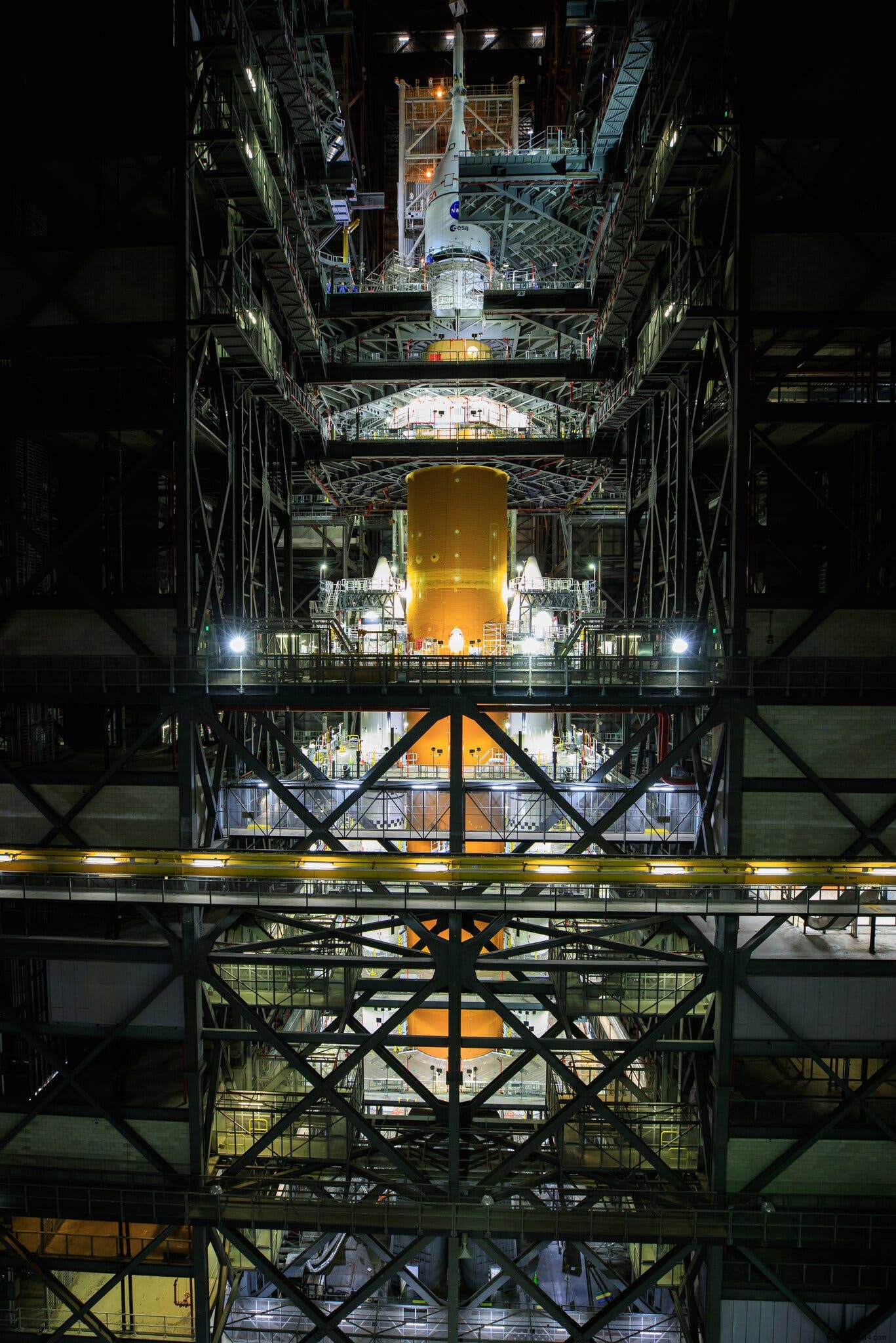A new audit from NASA's Office of Inspector General (OIG) has just estimated NASA's spending on its Artemis program, which aims to establish a sustained human presence on and around the Moon by the end of the decade. The bill will be salty.
As you know, NASA and its main partners aim to permanently establish themselves on the Moon under a program called Artemis. The first part of this incredible project will take place next year with the sending of an unmanned capsule around the Moon. The return of humans to lunar soil since the last Apollo mission in 1972 should then take place in 2025 at the earliest. It is also planned to assemble a lunar station in orbit around our satellite.
While many technical challenges will have to be overcome to achieve these goals, another question arises:how much will it cost?
NASA's Office of Inspector General (OIG) recently looked into the matter. According to a new audit, the US agency's spending on its Artemis program is expected to reach a total of $93 billion by 2025 .
For comparison, the United States spent $28 billion on the Apollo lunar program between 1960 and 1973. That would be about $280 billion today. Another point to note:“the current production cost of a single SLS/Orion system would now be estimated at $4.1 billion per launch “, says the report.
Also, without measures to reduce these costs for future SLS/Orion missions, NASA will "face significant challenges in maintaining its Artemis program in its configuration. current “, can we also read.
Recall that the development of Orion and SLS officially started ten years ago. Thus, this $93 billion estimate encompasses more than a decade of spending, although the Artemis program was officially proposed in 2017 by the Trump administration.

The audit also emphasizes the need to test new spacesuits, the development of which is lagging far behind. He also emphasizes the need to test the program's Human Landing System (HLS).
Last April, NASA selected SpaceX to supply this landing system, involving a version of the company's Starship vehicle. Initially, the first landing of the Starship on lunar soil was to take place as part of the Artemis 3 mission, which provides for the return of humans to the place. Now, NASA is requiring an infill test flight involving an uncrewed landing of the Starship vehicle. The objective will therefore be to prove that the spacecraft can land safely on the Moon and return to orbit.